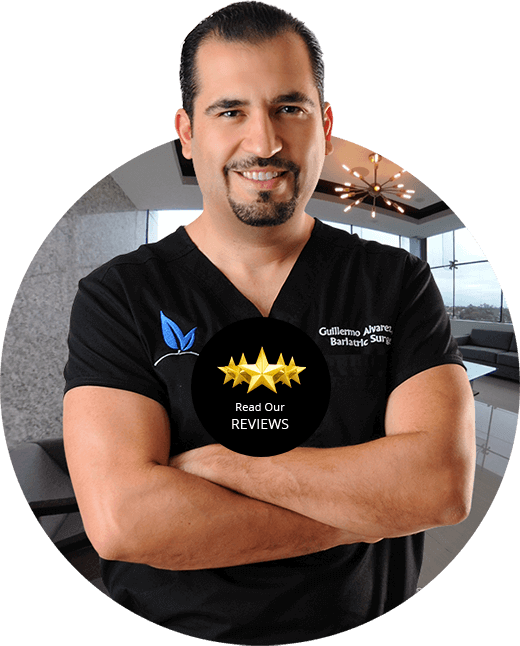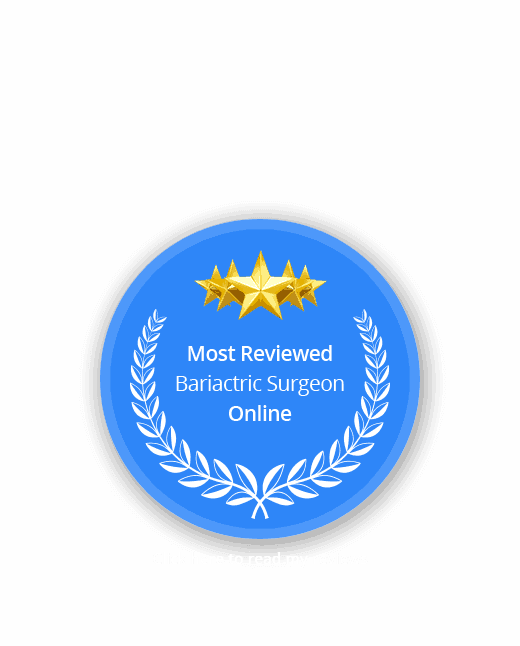We get so many questions about protein after gastric sleeve in Mexico: Am I getting enough? How do I get more? Why is it so important? I get it; it can be confusing. Before we dive in, though, I want to point out that we typically recommend a high protein-low carb diet for our vertical sleeve gastrectomy patients. There are other ways to lose weight with this tool, but high protein seems to work best for most people. So keep in mind as we talk about protein here that it’s aimed at patients who are following the high protein-low carb model.
Why is protein important in weight loss?
Lean protein has so many benefits, whether you’re on a gastric sleeve diet or not. Let’s start with the fact that protein fills you up, can suppress your appetite, and cuts cravings. Whew, that’s some powerful stuff! Most people don’t overeat lean protein. Think about it: Binges hardly ever consist of chicken breasts. It’s more likely carb-heavy foods like cookies or chips. That’s because protein-rich foods satisfy with a lot fewer calories. Protein is also crucial in keeping more muscle as you lose weight. Muscle mass is a dieter’s best friend because it burns more calories when you’re exercising and when you’re at rest.
How do I get more protein?
We hear from some patients who feel like cramming more protein into their gastric sleeve diet is a full-time job. If you’re follow a few simple guidelines, though, you’re probably doing enough to ensure an adequate protein intake and should try not to stress about it. Being too hard on yourself can backfire by creating a tipping point where you’re tempted to throw up your hands and say, “Fine, if I’m not doing it right, I just won’t try.” Instead, make these tips and tricks part of your daily routine:
• Log everything. It can be easy to get a skewed picture of how much protein you’re getting—either over- or underestimating—if you’re not recording everything you consume. It’s always best to make decisions from a place of knowledge, and an app like MyFitnessPal or Baritastic is an easy way to get a fuller picture. This kind of technology can deliver a report on your intake, help you evaluate where you are in terms of your protein goals, and see if patterns emerge about missed opportunities.
• Protein, then produce. If you’re starting every meal or snack with protein and then moving onto produce, you’re setting yourself up for success. With this order, protein is working its magic on muscle mass and satiety, and then low-carb produce is infusing your body with essential nutrients. And there won’t be any room in your stomach for stuff you shouldn’t be eating (though your head may try to fool you!).
• Sip and sprinkle your protein. If you’re falling short of your protein goals, you might want to try new ways of “sneaking” it in. Christine recommends a sippable solution. “Drink a protein shake at least once a day, even if it takes a while to get down,” she says. As long as it’s not interfering with your water intake, this can be a good way to get some extra grams. Kori says an unflavored protein power (Genepro is a favorite among sleevers) can be a lifesaver. “Sprinkle a little in your drinks and on your food throughout the day,” she advises. “You don’t have to use an entire scoop at one time.”
Life after VSG is a marathon—not a sprint. It sounds cliché, but if you’re truly doing your best with your diet and exercise, you will succeed over the long term. My best advice is to control the things you can control and let the other stuff go.
I invite you to follow us on all our social networks, we are on Facebook, Instagram, Twitter and Pinterest, we also have our YouTube channel where where I (Dr. Alvarez) answer frequently asked questions that are sent to me, subscribe to it! we talk about very interesting subjects.
If you want a more personalized experience and you have Instagram, follow me (Dr. Alvarez) to see my day both in my daily routine and in the operating room, add me! We will have a great time! My username is: gmoalvarez.
“Changing lives…one sleeve at a time”.









